
How to Choose Pad Mounted Transformer?
Table of Contents Selecting the right pad-mounted transformer requires careful consideration of several critical
ELECTRIC, WITH AN EDGE
High-voltage electric system facilities include a compact substation. It’s utilized to bring circuits or lines into a system and remove generators, equipment, and other items. Additionally, it converts alternating current (AC) voltages between levels and switches between AC to DC or vice versa.
Over the past 15 years, DAELIM BELEFIC has established itself as one of the most prosperous and prestigious producers of electrical components. The foundation of DAELIM is the idea of DAELIM EDGE+ ADVANTAGE, which ensures that clients will receive services of the highest caliber, lightning-fast efficiency, and customized to the highest standards.
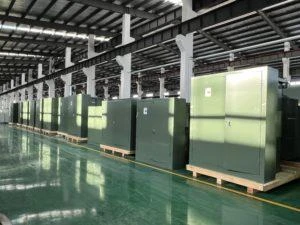

A Compact Secondary Substation (CSS) is a type-tested and arc-tested assembly that includes a low voltage switchboard, distribution transformers, connections, auxiliary equipment, and medium voltage (MV) switchgear.
Generally, a facility for a high-voltage electrical system is a substation. It’s utilized to bring circuits or lines into a system and remove generators, equipment, and other items. Additionally, it converts alternating current (AC) voltages between different levels and from one type of AC to another.
Some substations are compact and consist only of a transformer and related switches. Others are enormous and contain numerous transformers, switches, and other machinery.
It is a device that increases or decreases the voltage as it moves electrical power from one alternating-current circuit between one or more others. Transformers are used for a wide range of tasks, including lowering the voltage of traditional power circuits to run low-voltage appliances like doorbells and toy diesel trains.
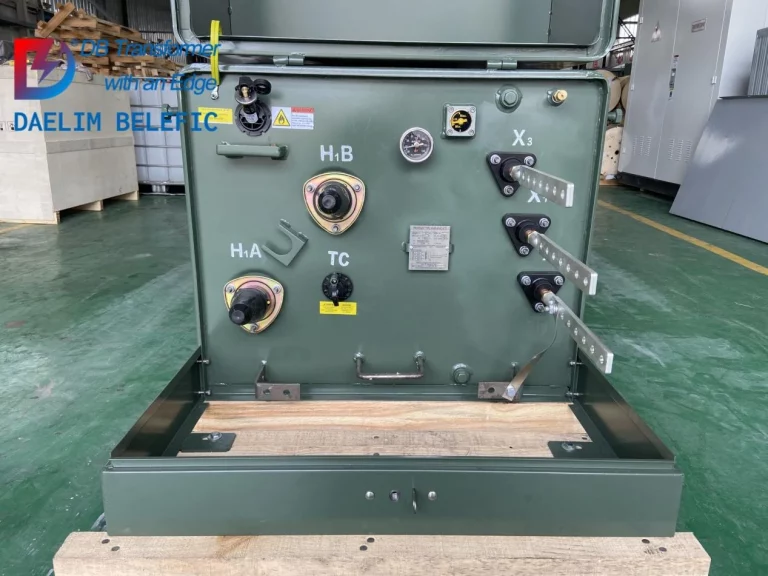
Additionally, they raise the voltage of electric generators to enable long-distance electrical power transmission.
A switching station called a “switchyard” is the principal connection between a generating station and the transmission network. The transmission and reception of the generated power by the customers is sometimes referred to as the “heart” of the power plant. Switchyards are junctions that carry generated power to their intended locations.
They are crucial to system security and can regulate reactive power equipment, which is essential to power quality. It’s a collection of switches, electrical circuits, breakers, and ancillary equipment used to gather power from power stations before transmitting it to the power lines.
A wave trap creates a high input impedance to prevent high-frequency carrier waves from accessing undesirable locations, usually substations.

All communication in carrier wave technology is sent at a frequency between 150 kHz and 800 kHz. The parts of the power system that are made to work at 50 or 60 Hz are damaged by this high frequency. Line traps are another name for wave traps.
Lead acid batteries with vents or that have been flooded come in two varieties: tubular and Plante. The two are different from one another in their structure. Additionally, the typical life of a tubular battery is 8 to 10 years. The Plante battery is more resilient both mechanically and electrically.
Plante batteries typically last between 15 and 20 years. These batteries need to be used in a specific area that is properly vented from the outside and kept separate from fragile electronic equipment. This type of cell emits corrosive fumes when recharging, and the sulfuric acid solution somewhat evaporates.
A grouping of numerous similar capacitors is known as a capacitor bank. Within a container, they are connected either in series or parallel.
They are employed in the substation’s power factor correction and protection systems. Consumers can obtain reactive power from them. They essentially reduce the phase mismatch between voltage and current. These increase the capacity of the supply of ripple current and stop unauthorized individuals from entering the substation system.
An electrically controlled switch is a relay. It consists of a set of working contact terminals and a set of input ports for one or more control signals. Any number of contacts, in any combination of make, break, or other contact types may be present on the switch.
Relays are employed when a circuit has to be controlled by a separate, low-power signal or when multiple circuits need to be controlled by a single signal. They were initially utilized in long-distance telegraph networks as signal repeaters, reviving the signals received from one circuit by relaying them on another.
In fact, relays were widely utilized in early computers and telephone exchanges to carry out logical processes.
Surge arresters are safety mechanisms that discharge or bypass surge current to minimize voltage on equipment. It can repeat these actions per the requirements of ANSI standard C62.11 and stop continuing flow to prevent the following current to the ground. A lightning arrester cannot stop or absorb lightning. It deflects lightning, restricts voltage, and safeguards the parallel-installed equipment.
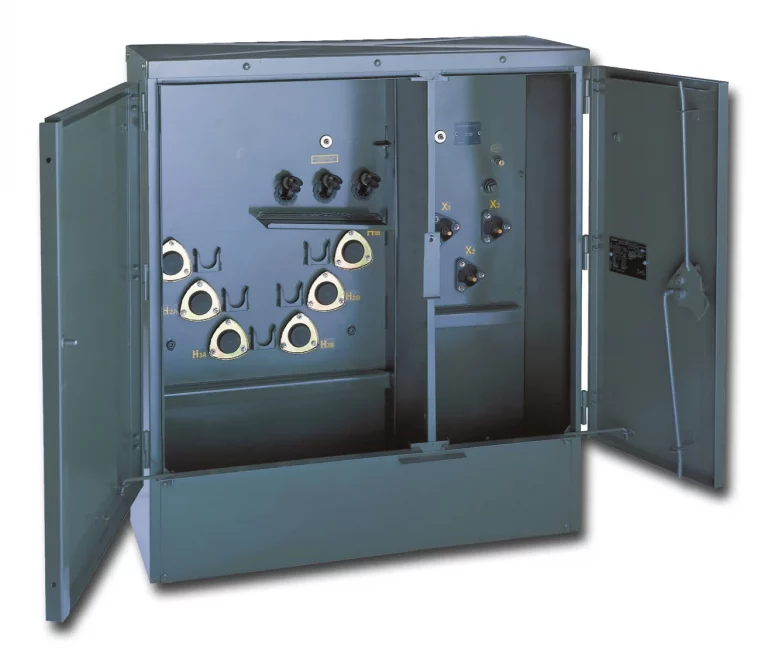
Surge arresters can also be used for many things, such as securing a utility substation or residence. They are mounted within pad-mounted transformers, pole-mounted transformers, pole-mounted riser poles, substations, and circuit breakers inside residential buildings.
Both high- and low-voltage equipment, such as those found in battery banks, are connected via them. They are typically not insulated and are rigid enough to hold insulated pillars in the air. With the help of these properties, the conductors can be sufficiently cooled and tapped into at numerous locations without needing to form a new joint.
The pre-assembled nature of these units, as opposed to a typical substation, aids in cost reduction. So there is a decrease in the price of shipping several parts, field wiring, and on-site testing. They are carefully designed to accelerate installation and significantly shorten building time.
Compact substations are designed to take up the least amount of area possible. And unlike with conventional substations, fitting them in various configurations is not difficult. Thanks to the covered equipment, they are simple to move to the desired location and don’t require additional electrical clearances.
You would require a lot of electricity to match the power of your cryptocurrency farm because mining cryptocurrencies like Bitcoin is a system’s most energy-intensive operation. Your ability to mine Bitcoin and other cryptocurrencies, in particular, may benefit greatly from it.
Bitcoin mining is a process that involves making new coins enter circulation. Compact secondary substations are key in mining bitcoin as it is capable of being a great mining power supply. Bitcoin mining takes a lot of power, so effectively handling one’s electricity would be key.
Substation transformers are one of the top global solutions for connecting directly without a cable onto a metallic chassis. Three distinct compartments in a single enclosure make up the substation transformer, an enclosure of MV switchgear, and an LV switchboard.
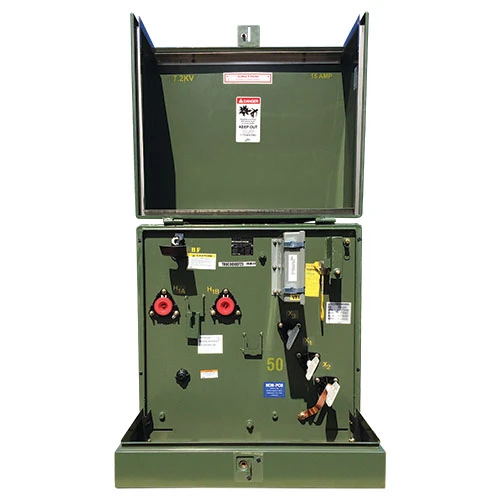
MV switchgear, a transformer, and an LV switchboard are all contained within the small enclosure that serves as the substation. It is divided into three distinct compartments divided by barriers to ensure occupational safety. Lockable doors for each piece of equipment make it possible to operate or repair it.
The goal of a box-type substation would be to “step down” that high voltage power from the transmission line. They work to lower the voltage of the electricity so that it may be conveniently delivered to your houses and businesses. Also, they include a low voltage (LV) switchboard, distribution transformers, connections, auxiliary equipment, and medium voltage (MV) switchgear.
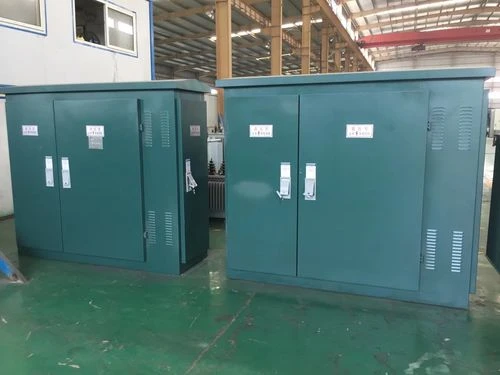
For separating the electricity for distribution, they use bus bars. Thick copper bars with numerous distributing circuits are attached to them through bolts and nuts. For local high existing power delivery, a busbar (also known as a bus bar) is a metallic band or bar often contained inside switchgear, switchboards, and busway enclosures.
This article gave readers an overview of the fundamentals of small substations and their key electrical system components. Several components’ functions were discussed. Hopefully, the article gave you enough details on the many parts of a compact substation and how they work.
Download Resource

Table of Contents Selecting the right pad-mounted transformer requires careful consideration of several critical

The primary function of the pad mounted transformer is to serve as a critical distribution

A pad mounted transformer operates through electromagnetic induction, serving as a crucial distribution component that